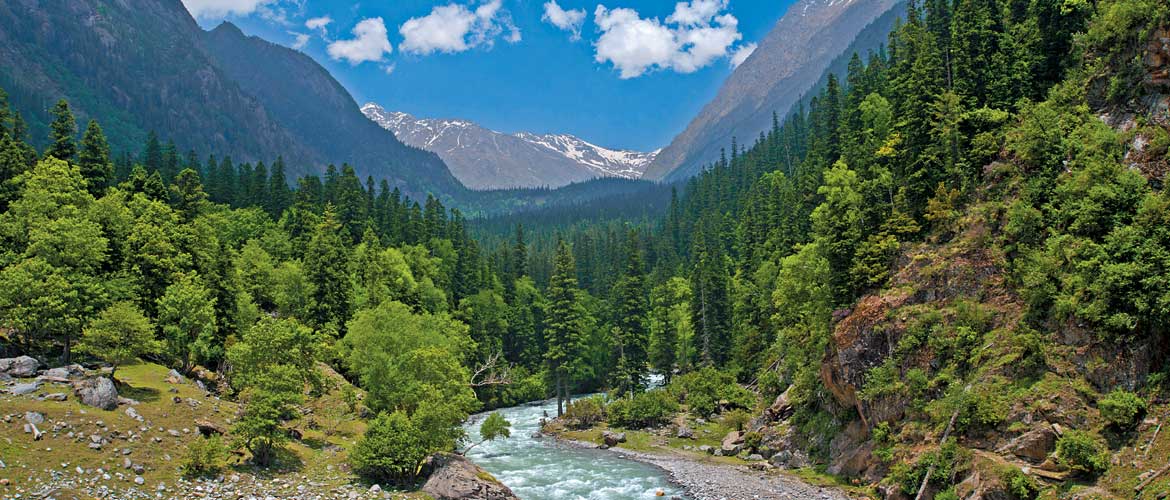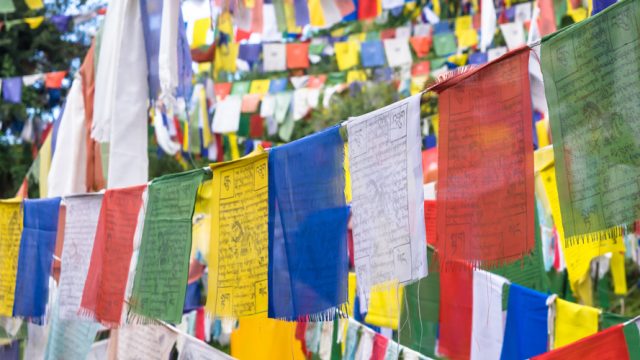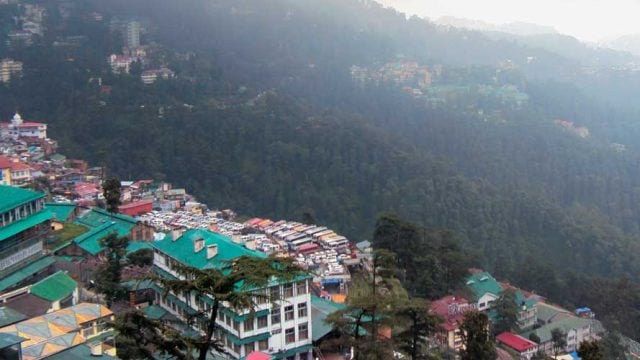The most striking feature of the Rupi Bhaba Wildlife Sanctuary is its varying altitudes, all in an
The northern portion of the park is laced with glaciers and the forest is irrigated by several rivers.
About the park
In March 1982, a 239sq km portion of the Bushahr state forests was declared the Rupi Bhaba Wildlife Sanctuary. In 1999, 738sq km area was added to the sanctuary.
Nestled in the Middle Himalaya Range, the forest is fed by rains and melting glaciers. The mixed conifer forests of blue pine and silver fir trees greet you in the altitudinal range of 2,000–3,500m. Kharsu oak forests dominate the northern limits of the sanctuary, while the alpine pastures line the ascent from 3,600– 4,550m, extending up to the perennial snow line.

In recent years, the sanctuary and its surrounding areas have seen a great deal of commercialisation, especially in the Bhaba valley. This has happened because of the cons-truction of the Bhaba Vidyut Pariyojana, a power project.
Simultaneous efforts for conservation have also been going on to preserve the ecosystem.
THINGS TO SEE AND DO
Trekking and camping are two of the biggest attractions here. All permissions for treks inside the sanctuary have to be obtained from the Chief Wildlife Warden at Kinnaur. All treks wind through high-altitude areas, so make sure you are physically fit.
Carry your own equipment, food, fuel, and other provisions. Do not forget your binoculars if you want to catch sight of some truly exotic birds of the region, in particular the multi-hued tragopan and the Himalayan monal, besides wild animals such as the Himalayan tahr and, the most impressive beast of all, the snow leopard.
Indians entering the region can obtain the Inner Line Permit at the Jangi checkpost, while foreigners can collect it from the Deputy Commissioner of Kinnaur. Movement inside the sanctuary is mostly on foot except from Wangtu to Kafnu which are connected by a motorable road. All visitors have to register at Katgaon and prior book-ings are mandatory.
WHERE TO STAY
There are forest rest houses at Rupi, Dugdha and Gopalpur; and inspection huts at Salaring and Sharnal. Contact DFO, Sarahan (Tel: 01782- 274232; Tariff: ₹480). Or stay at the State Electricity Board hostel and Rest House at Bhabha Nagar (Tel: 01786-263227; Tariff: ₹620). A cook is available to prepare meals.
THE INFORMATION
When to go Anytime of the year
Wildlife/ Forest Dept offices
DFO, Sarahan
Tel: 01782-274232
Deputy Commissioner, Kinnaur,
Rekong Peo. Tel: 222252
STD code 01782
State Himachal Pradesh
Location In Kinnaur District, on the west bank of the Sutlej river, connected to the Great Himalayan National Park in the west and Pin Valley National Park in the northeast
Distance Sarahan is 200km NE of Shimla, 350km NE of Chandigarh
Route from Shimla NH22 to Sarahan via Narkanda and Rampur Bushahr, link road to Katgaon
GETTING THERE
Air Chandigarh airport. Taxi (small) to Sarahan costs ₹15,000 (5 days round trip from Chandigarh)
Rail Chandigarh Railway station. Taxi as above
Road NH22 from Shimla to Sarahan (200km). One can also go to the sanctuary via Wangtu bridge, which opens at Bhabha Nagar
North Zone
OT Getaway Guides
Rupi Bhaba Wildlife Sanctuary





